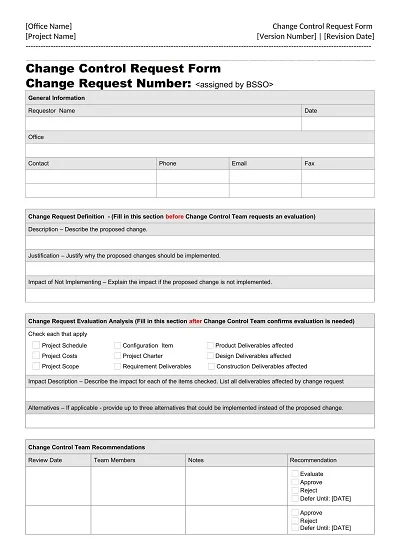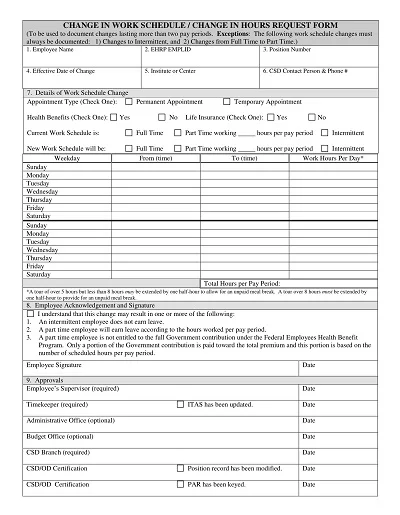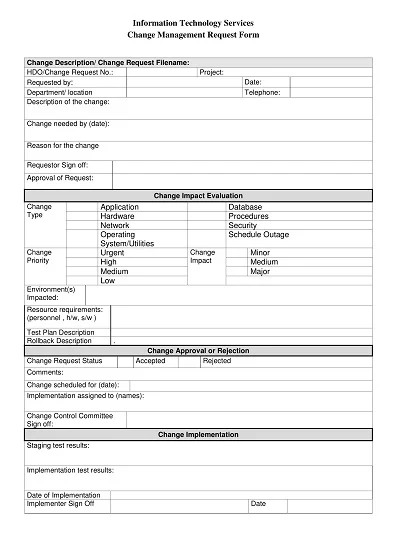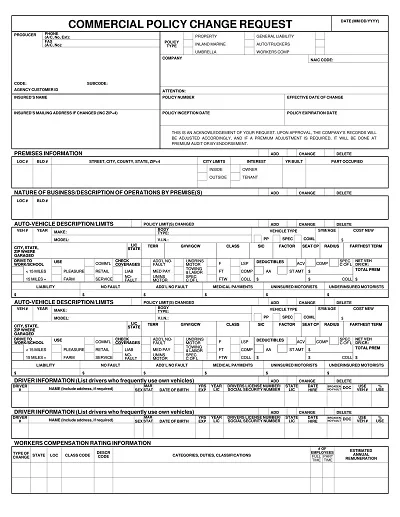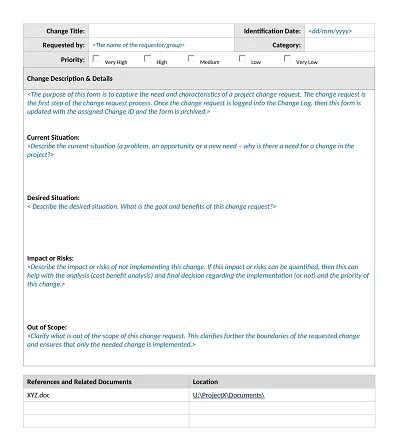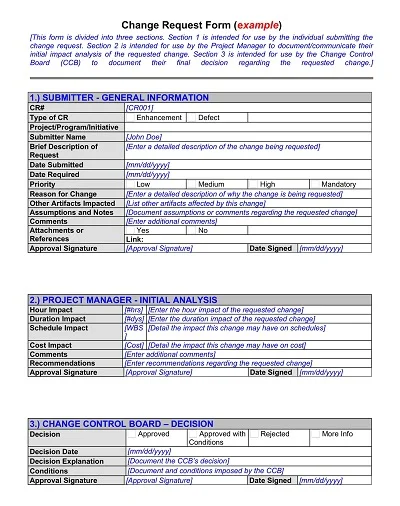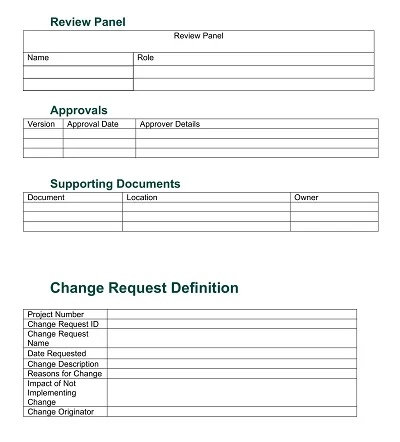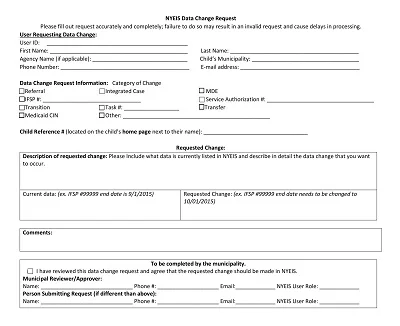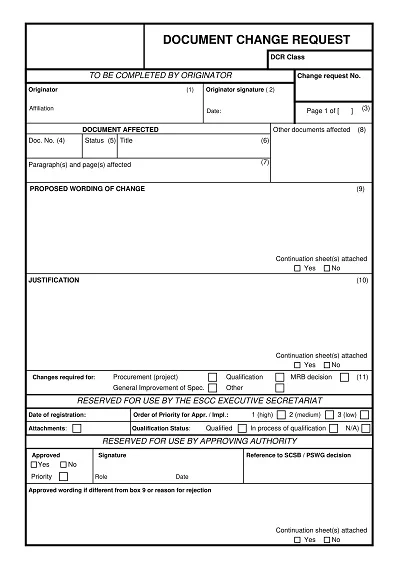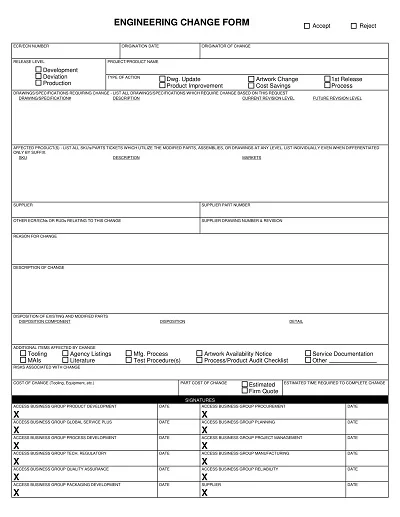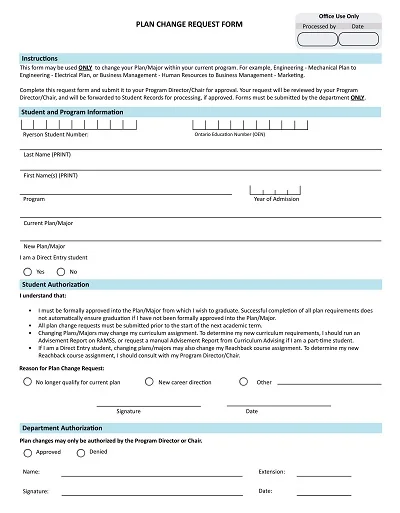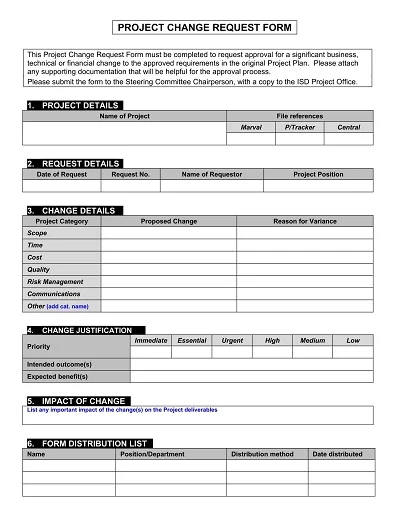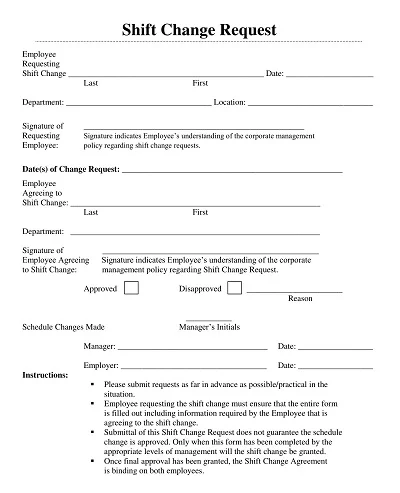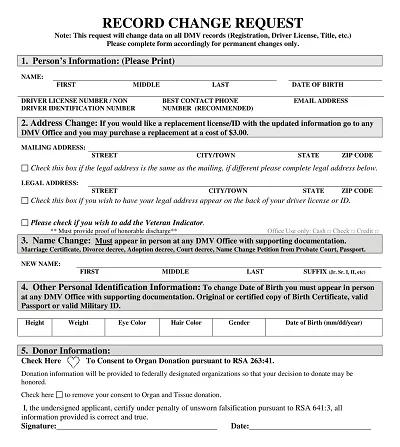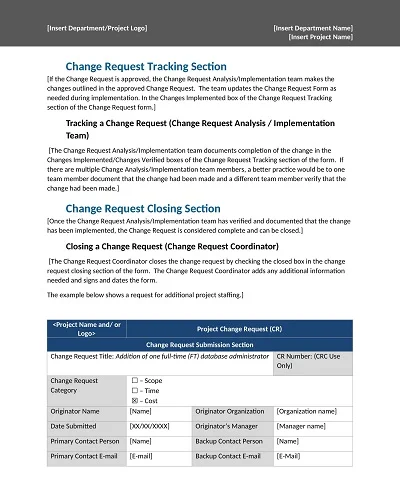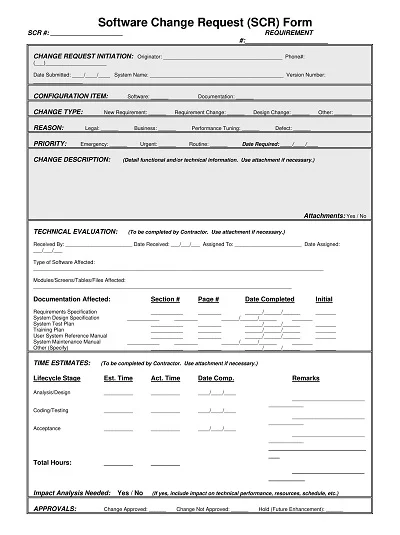A Change Request Form Template is a formal document that outlines a proposed modification to a project. It details the specifics of the change, its rationale, and potential impacts on project scope, timelines, and costs.
Furthermore, it acts as a communication bridge for stakeholders, facilitating decision-making. The template ensures consistency and traceability of change requests throughout the project lifecycle. It necessitates managerial review and approval, highlighting its significance in project governance.
Download Free Simple Change Request Form Templates
What is a Change Request Form?
A Change Request Form is a formal document used to propose adjustments or additions to a project or system. It serves as an essential tool in project management, allowing stakeholders to systematically submit requests for changes that might include modifications to the scope, schedule, resources, or other aspects of a project.
This form typically captures relevant information such as the description of the change, the reason for the change, its potential impact, and any additional resources required to implement it. Once submitted, it undergoes a review process to determine its validity, feasibility, and potential effects on the project’s overall goals.
Types of Change Request Form
Here are some of the types of Change Request Forms:
Minor Change Request
Minor change requests involve small adjustments that have a low impact on the project’s scope, budget, or timeline. These may include cosmetic alterations, text revisions, or minor code tweaks that do not affect the overall functionality.
Major Change Request
These requests pertain to significant modifications that can have extensive implications on project objectives, require additional resources, or extend the delivery timelines. Major changes might include new feature additions, major design overhauls, or scope expansions.
Emergency Change Request
Emergency change requests are prompted by urgent issues that need immediate attention, such as critical bug fixes, security patches, or compliance requirements. These changes are expedited to mitigate risks and prevent potential losses or damages.
Standard Change Request
Standard change requests are routine and pre-authorized changes that are low-risk, well-understood, and follow a predefined process. Examples include regular software updates or periodic maintenance activities.
Benefits of Implementing a Change Request Form
Implementing a change request form within an organization can bring significant advantages:
- Improved Communication: A standardized form ensures that all stakeholders have a clear understanding of the proposed changes, their scope, and their impact on the project. This clarity fosters effective communication and decision-making.
- Better Prioritization: Change requests documented through a form allow project managers to more easily prioritize changes based on their urgency and importance, aligning with the project’s objectives and available resources.
- Enhanced Tracking: By capturing changes in a consistent format, it becomes easier to track the status and history of every request, ensuring that none falls through the cracks.
- Increased Accountability: Documented change requests mean that responsibility for the approval, rejection, and implementation of changes can be accurately attributed, leading to greater accountability within the team.
- Resource Management: Knowing the details of a change request allows for a better assessment of the resources required, whether additional budget or personnel time and aids in the management of those resources.
- Risk Mitigation: With all the details laid out, potential risks associated with the changes can be identified early, and suitable mitigation strategies can be developed.
- Measurement of Impact: Analysis of completed change requests can provide valuable insights into the impact on the project, facilitating continuous improvement in change management processes.
Components of a Change Request Form
Here are some of the components of a Change Request Form:
Identification Details
- Request ID: Each change request should have a unique identifier that allows it to be easily tracked through the change management process.
- Request Date: The date when the change request was submitted should be recorded for scheduling and prioritization purposes.
- Requested By: The individual or group requesting the change should be identified, including contact information for follow-up.
Change Details
- Description of Change: A clear and detailed description of the proposed change, including what is to be changed, and the reasons for the change.
- Change Justification: An explanation of why the change is necessary, including any benefits or risks associated with the change.
- Impact Analysis: An assessment of how the change will affect current systems, processes, or stakeholders and the potential impacts or implications.
Technical Considerations
- Technical Details: Specific technical information related to the change, including any code, configurations, or architecture diagrams.
- Resources Required: An outline of resources needed to implement the change, including staffing, equipment, and budget considerations.
- Approval and Implementation
- Priority: The urgency and priority of the change request should be defined to help in scheduling the change.
- Approval Status: Documentation of the change request’s approval status, including any approvals or rejections by leadership or a change advisory board.
- Implementation Plan: A step-by-step plan for how the change will be implemented, including timelines, testing procedures, and rollout phases.
- Rollback Plan: A contingency plan describing the steps to be taken to revert the changes if the implementation fails or causes unexpected issues.
How to Create a Change Request Form Template
To create an effective Change Request Form Template, start by opening a new document in your preferred word processing software. Begin with a title, such as Change Request Form at the top. Below the title, include fields for:
- Project Name: [Text Field]
- Change Request Number: [Automatically Generated or Text Field]
- Date of Request: [Date Picker]
- Submitted By: [Text Field for Submitter’s Name]
- Department: [Dropdown Menu or Text Field]
The next section should detail the change being requested:
- Detailed Description of the Change: [Text Area for Description]
- Reason for the Change: [Text Area for Explanation]
- Impact Analysis: [Text Area]
Conclude with fields related to the approval process:
- Approved by: [Text Field for Approver’s Name]
- Date of Approval: [Date Picker]
- Status of Change Request: [Dropdown Menu with Options like Pending, Approved, Rejected]
Remember to leave space at the bottom for additional comments and necessary signatures. Save this document as a template for future use.
Conclusion
In conclusion, the Change Request Form serves as an essential tool in the management of project changes, ensuring that every modification is thoroughly evaluated and documented. It establishes a formal process, promoting clear communication among stakeholders and enabling a structured approach to incorporating changes. As such, all requests must be completed with care, providing comprehensive details to facilitate informed decision-making and maintain the integrity and success of the project.

